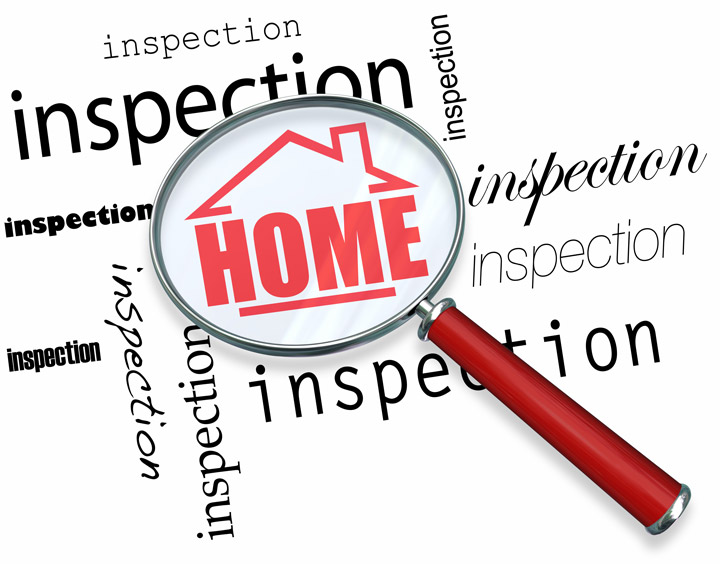
What Are the Components of an Appraisal?A home purchase can be the most important financial decision some people might ever consider. It doesn't matter if a primary residence, an additional vacation property or an investment, the purchase of real property is a detailed financial transaction that requires multiple parties to make it all happen. You're likely to be familiar with the parties having a role in the transaction. The most known person in the exchange is the real estate agent. Then, the mortgage company provides the money required to bankroll the transaction. The title company ensures that all areas of the sale are completed and that the title is clear to pass to the buyer from the seller. So, what party makes sure the value of the real estate is in line with the amount being paid? In comes the appraiser. We provide an unbiased opinion of what a buyer could expect to pay — or a seller receive — for a parcel of real estate, where both buyer and seller are informed parties. A licensed, certified, professional appraiser from Donna Willis will ensure, you as an interested party, are informed. Appraisals start with the property inspectionTo ascertain the true status of the property, it's our responsibility to first conduct a thorough inspection. We must actually view aspects of the property, such as the number of bedrooms and bathrooms, the location, amenities, etc., to ensure they truly are there and are in the shape a reasonable person would expect them to be. To ensure the stated size of the property has not been misrepresented and convey the layout of the home, the inspection often requires creating a sketch of the floorplan. Most importantly, we look for any obvious features - or defects - that would have an impact on the value of the house. Back at the office, an appraiser uses two or three approaches to determining the value of the property: a sales comparison, a replacement cost calculation, and an income approach when rental properties are prevalent. 
Replacement CostHere, we use information on local construction costs, labor rates and other elements to figure out how much it would cost to replace the property being appraised. This estimate commonly sets the upper limit on what a property would sell for. It's also the least used predictor of value. 
Analyzing Comparable SalesAppraisers become very familiar with the neighborhoods in which they appraise. They thoroughly understand the value of specific features to the residents of that area. Then, the appraiser looks up recent sales in close proximity to the subject and finds properties which are 'comparable' to the subject being appraised. By assigning a dollar value to certain items such as fireplaces, room layout, appliance upgrades, extra bathrooms or bedrooms, or quality of construction, we add or subtract from each comparable's sales price so that they are more accurately in line with the features of subject property.
An opinion of what the subject might sell for can only be determined once all differences between the comps and the subject have been evaluated. At Donna Willis, we are an authority in knowing the worth of particular items in Vale and Catawba County neighborhoods. This approach to value is typically awarded the most consideration when an appraisal is for a home purchase. Valuation Using the Income ApproachA third method of valuing a house is sometimes applied when an area has a measurable number of renter occupied properties. In this scenario, the amount of income the property generates is taken into consideration along with income produced by neighboring properties to give an indicator of the current value. Arriving at a Value ConclusionCombining information from all applicable approaches, the appraiser is then ready to put down an estimated market value for the subject property. It is important to note that while the appraised value is probably the most accurate indication of what a house is worth, it may not be the final sales price. There are always mitigating factors such as the seller's desire to get out of the property, urgency or 'bidding wars' that may adjust the final price up or down. Regardless, the appraised value is typically employed as a guideline for lenders who don't want to loan a buyer more money than they could get back in the event they had to sell the property again. At the end of the day, an appraiser from Donna Willis will guarantee you attain the most fair and balanced property value, so you can make profitable real estate decisions. |